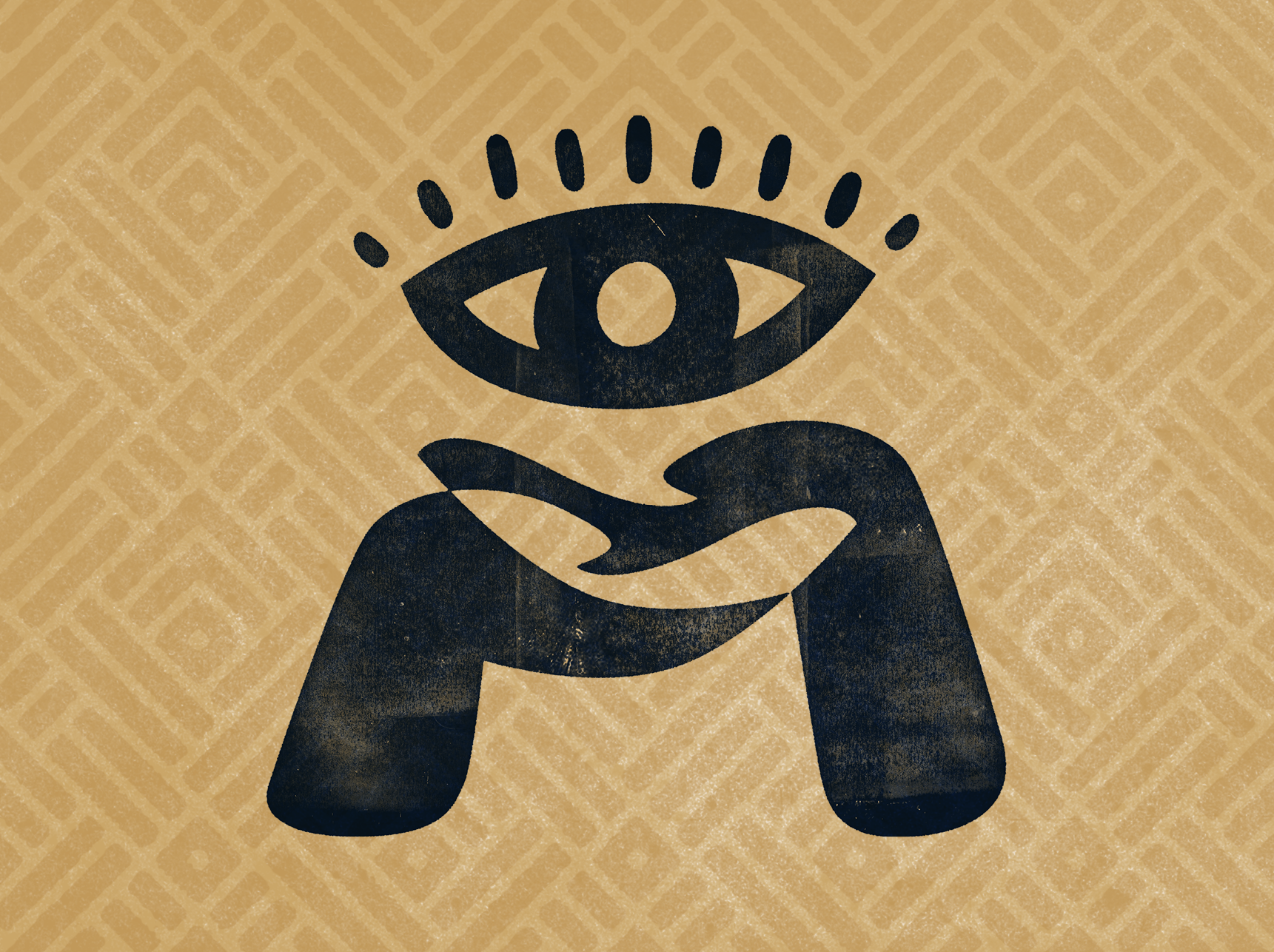Drivers
Indigenous Community Wealth Building Drivers
In any economy, there are drivers that impact and inform how the economy functions. Within Indigenous Community Wealth Building, these drivers offer tangible entry points for communities to begin shifting their economies.
-

Place
Land, water, environment.
Connection between people and place.
Stewardship - strategies that honor natural assets and relatives as well as built assets.
Generative and reciprocal, not extractive or exploitative.
Considers what is unique or defining about a place.
-

Ownership
Understands mainstream concepts of ownership, but considers the collective.
Shared power and decision making.
Participation of the community in design of the economic system.
Entrepreneurship, innovation, and intellectual assets.
-

Multipliers
How resources flow within a community (or are being pulled out of a community).
The role of anchor institutions (primary sources of employment such as hospitals, colleges, etc.)
Localized businesses
Trade between people both formally and informally.
-

Collaboration
Brings many players to the table.
Working together across sectors (nonprofit, education, government, business).
Working across agencies (tribal government, state government, federal organizations).
Rooted in reciprocity and collective voice.
-

Inclusion
Opportunity pathways for all.
Breaks down systemic barriers to employment and engagement.
Recognition of formal and informal businesses within the system.
All living things considered triple bottom line: People, Planet, Prosperity.
Equitable
-

Workforce
Builds the skills and talents of local people.
Direct connection between training and employment.
Focuses on addressing barriers such as access to technology, start-up funds, transportation, etc.
Career paths are connected to a living wage.
-

System
Connections between social and economic processes cultivate and sustain wellbeing of people and place.
Economic system reclaims, renews, and refreshes traditional values.
The connections between players within the system are understood and respected.
-

Culture
Traditional values and principles are honored and upheld.
The economy reflects the community’s culture in multifaceted ways (in theory, in action, aesthetically, linguistically)
There is a sense of balance and harmony.
Decisions, practices, and changes are looked through a cultural lens.
